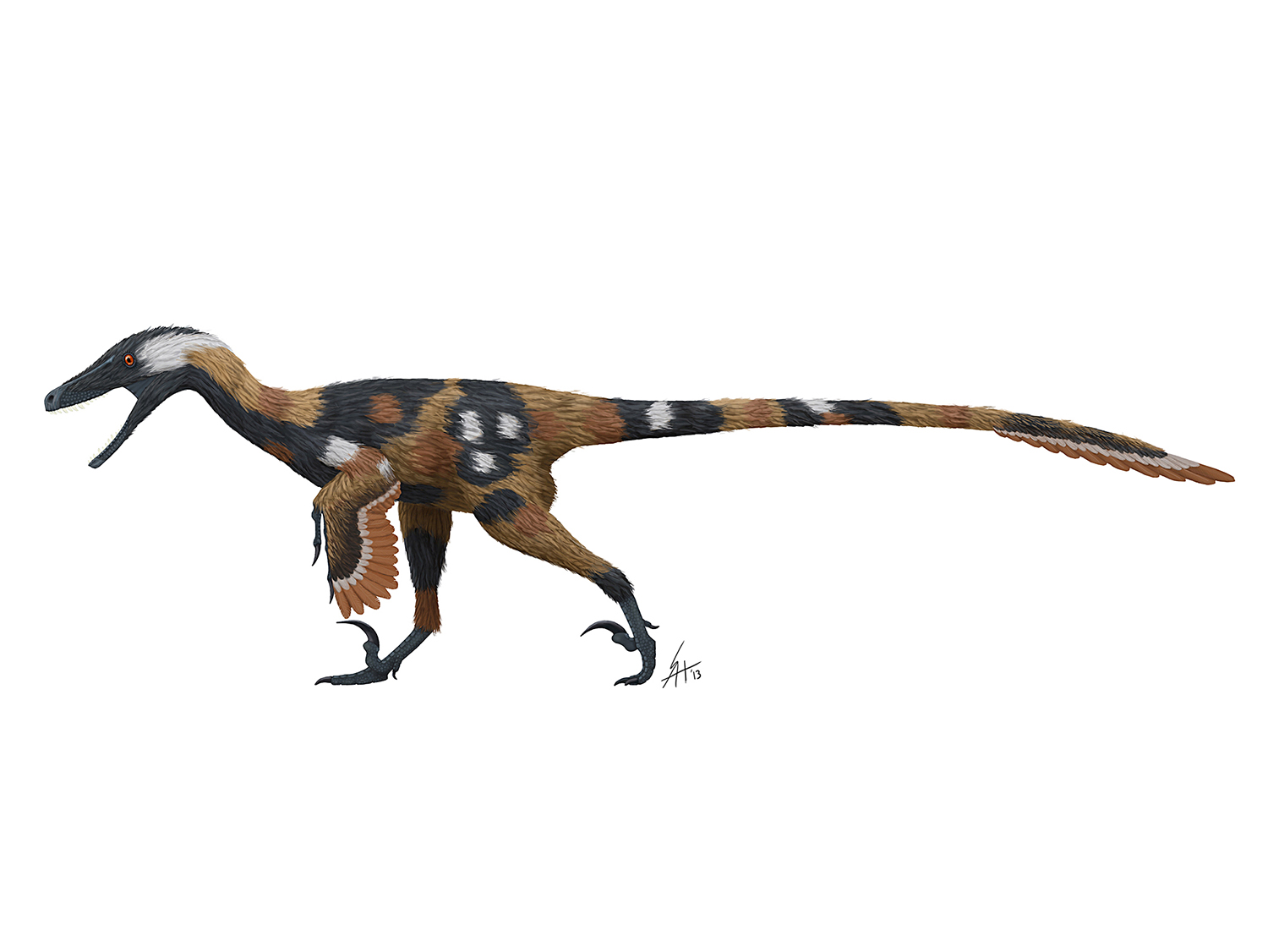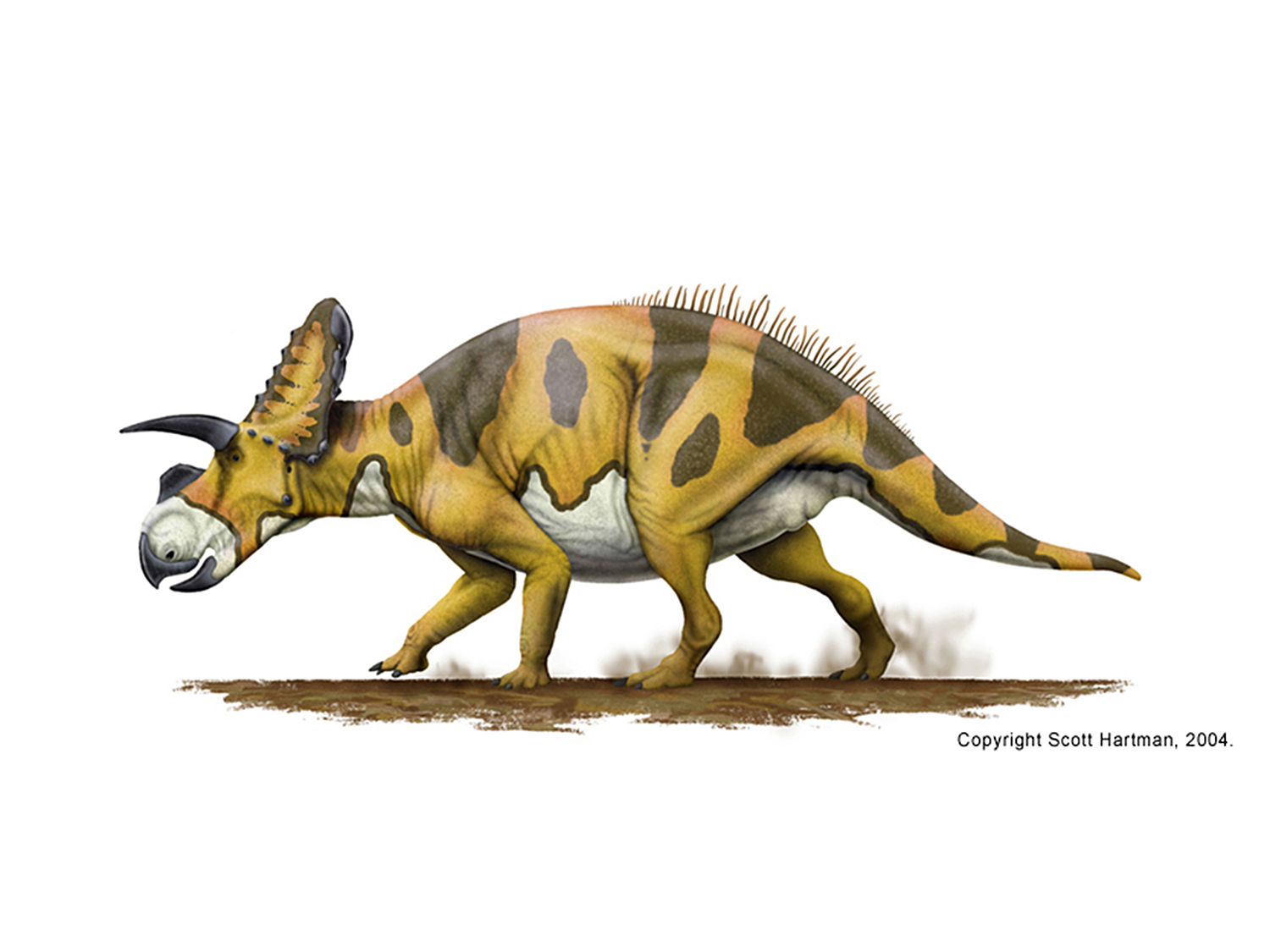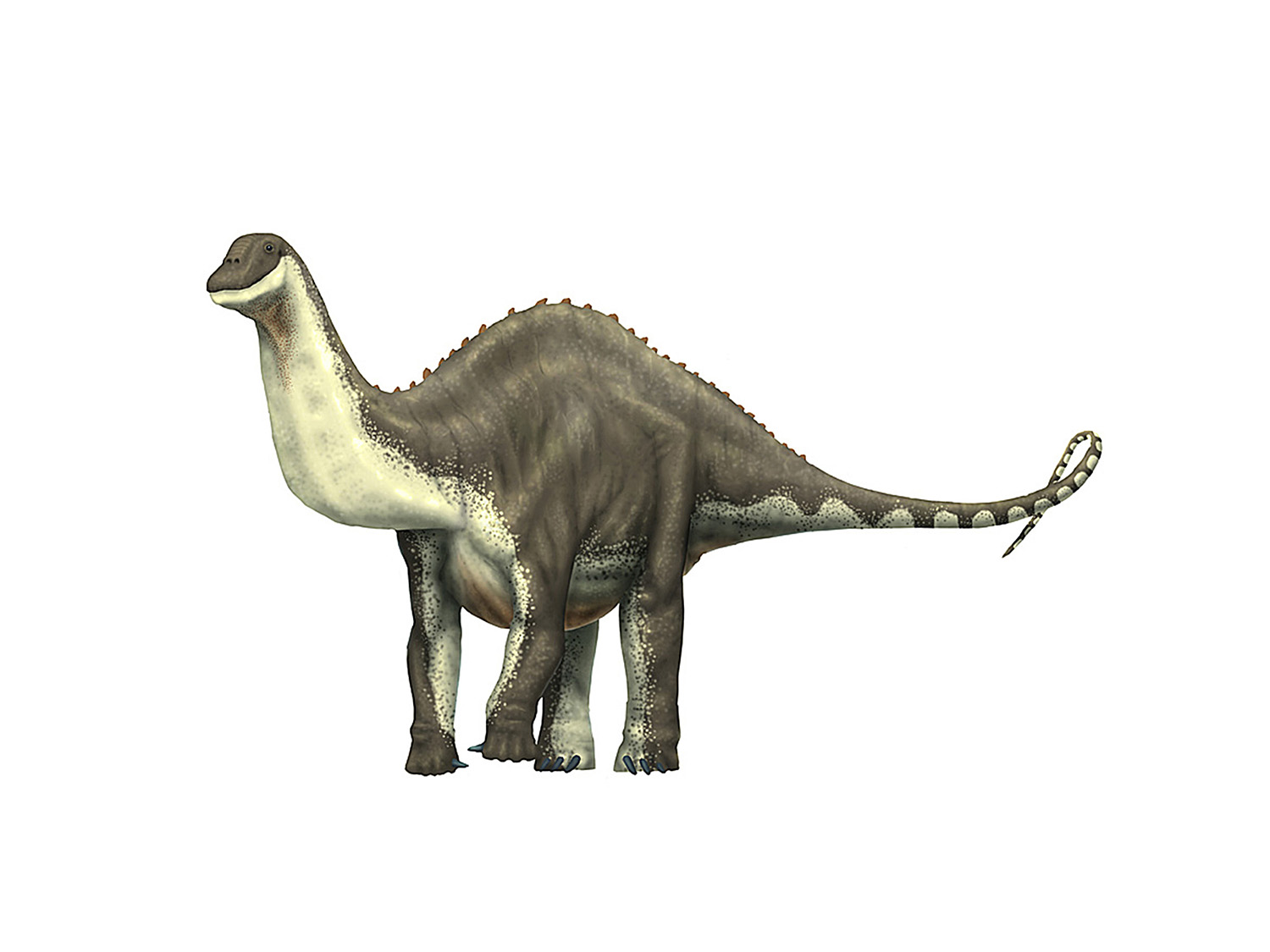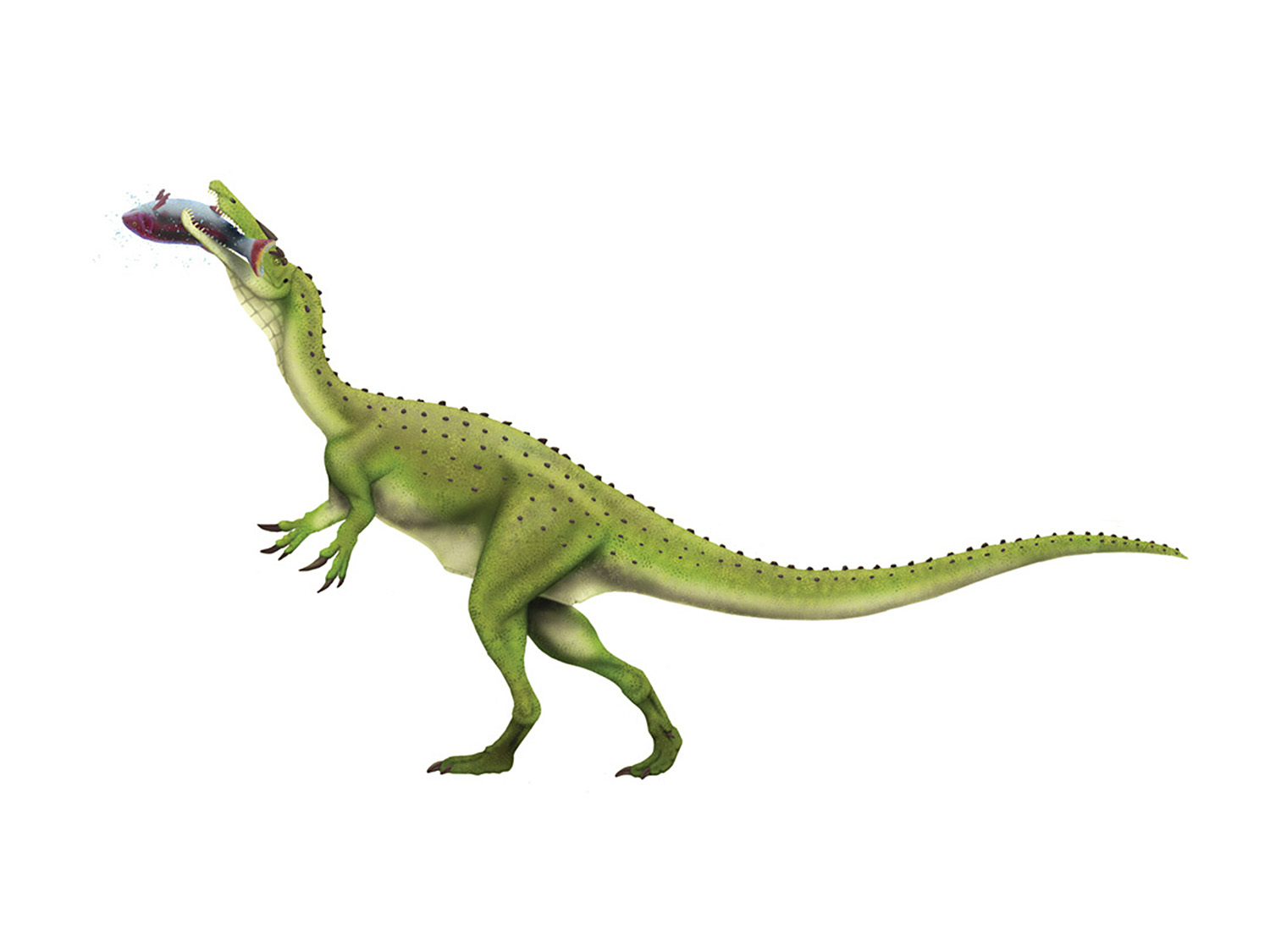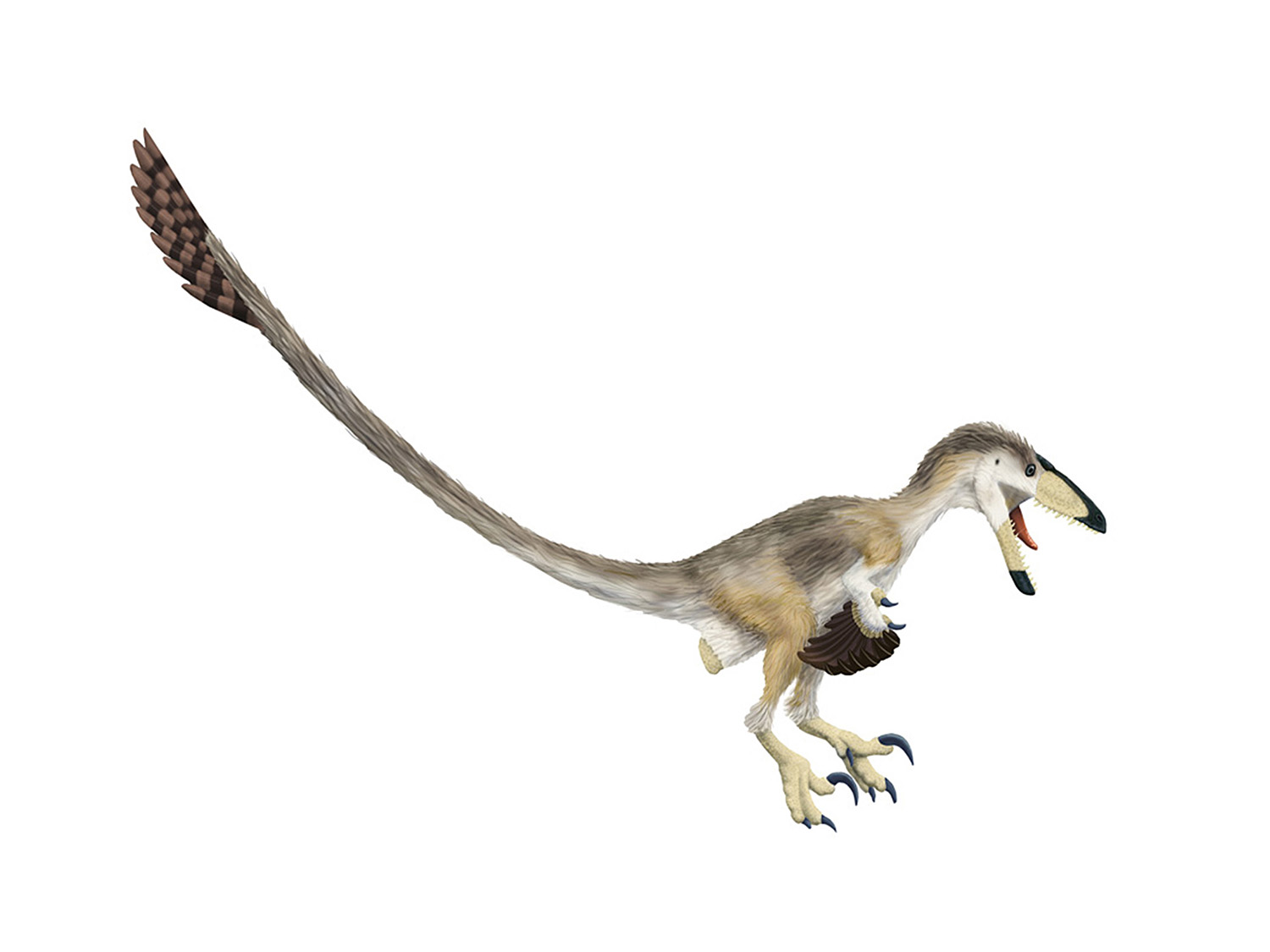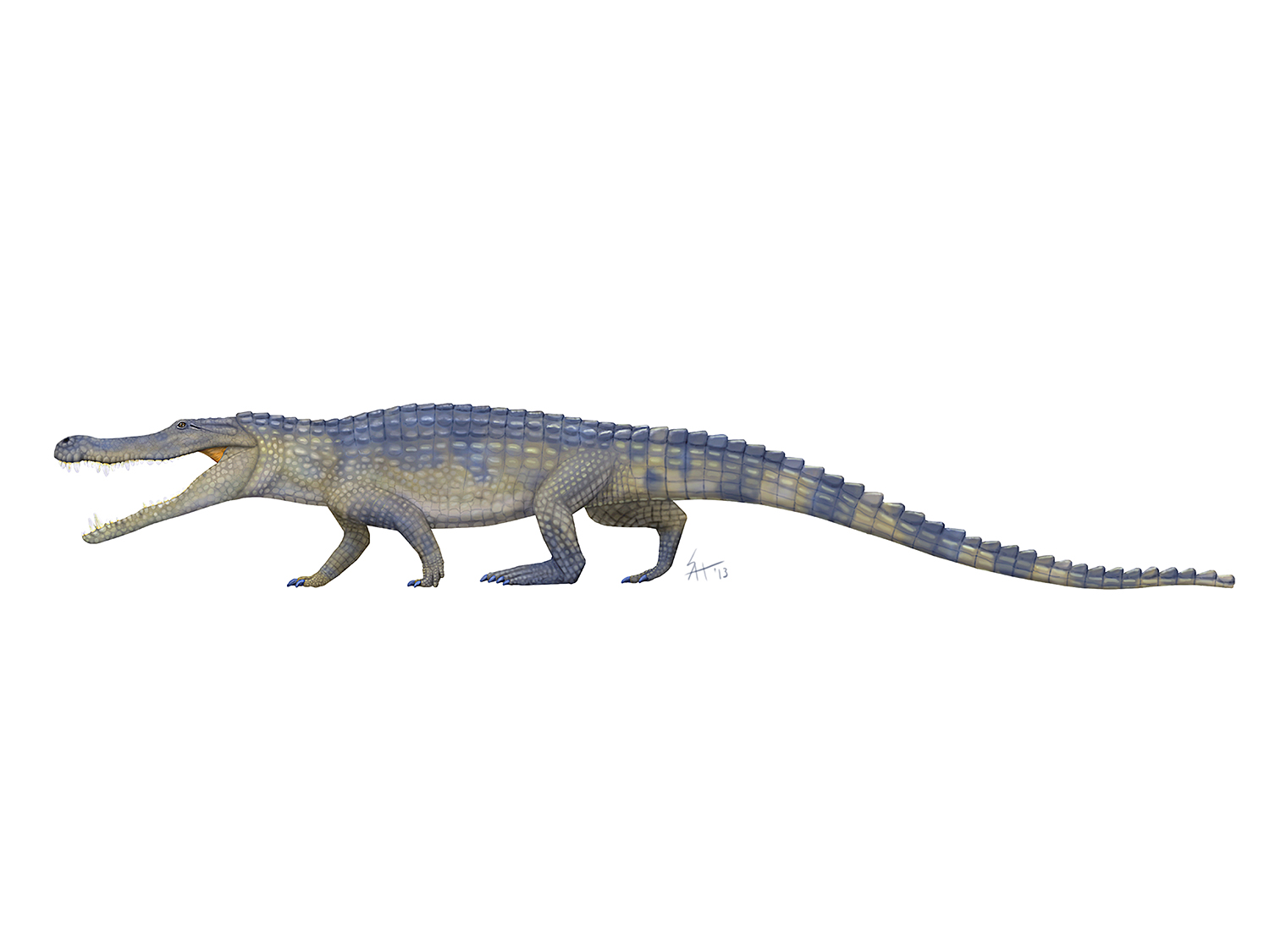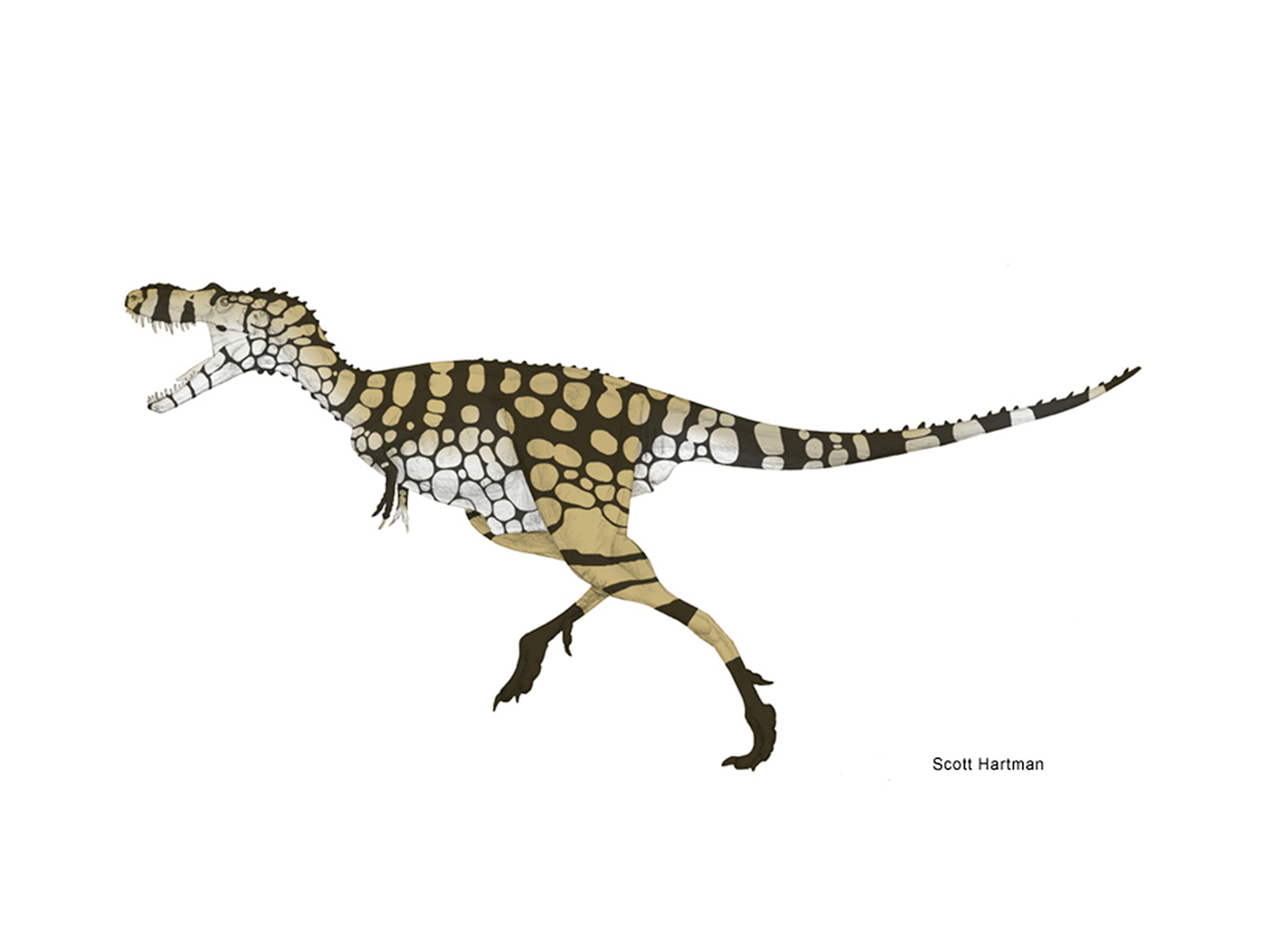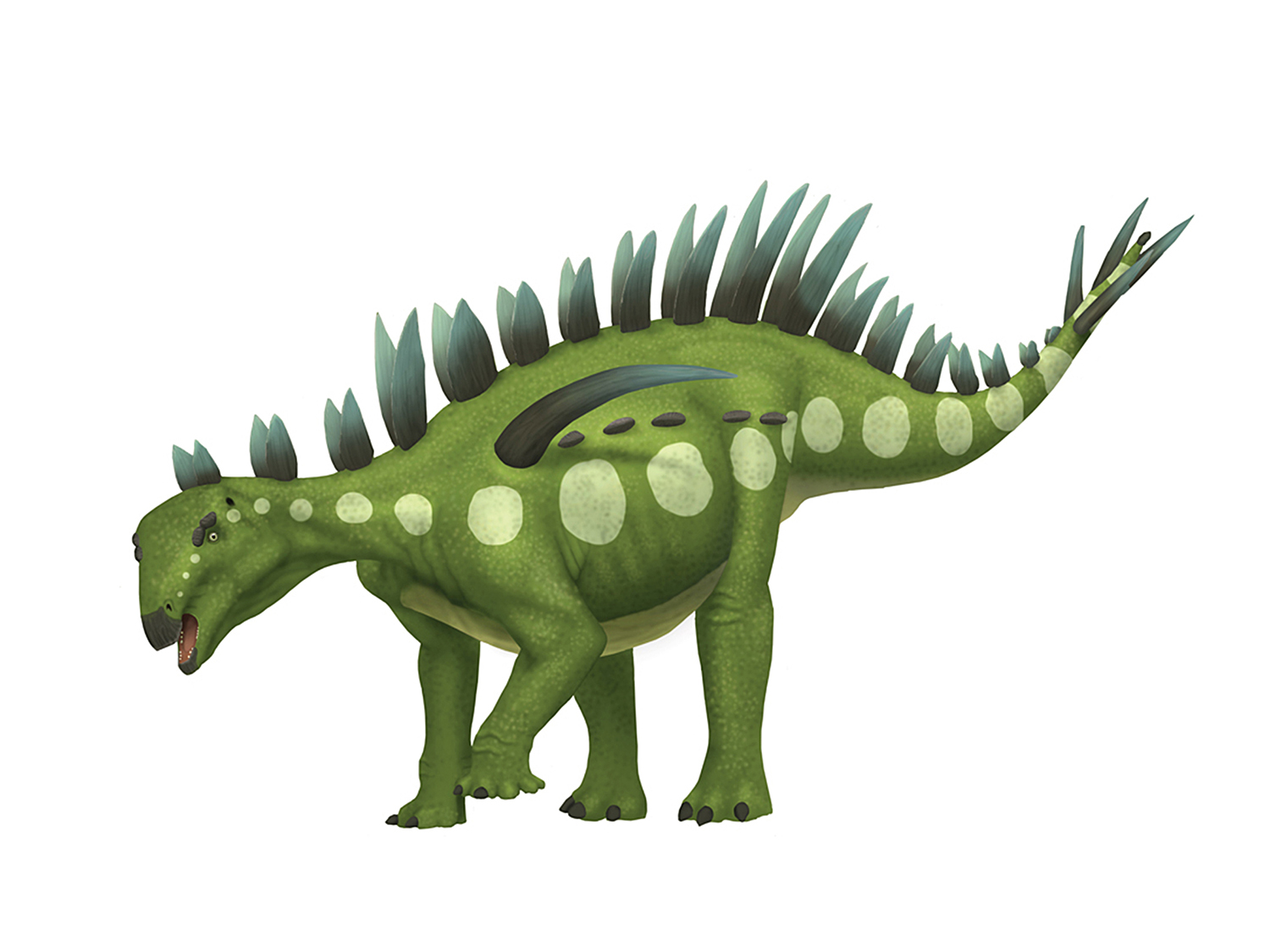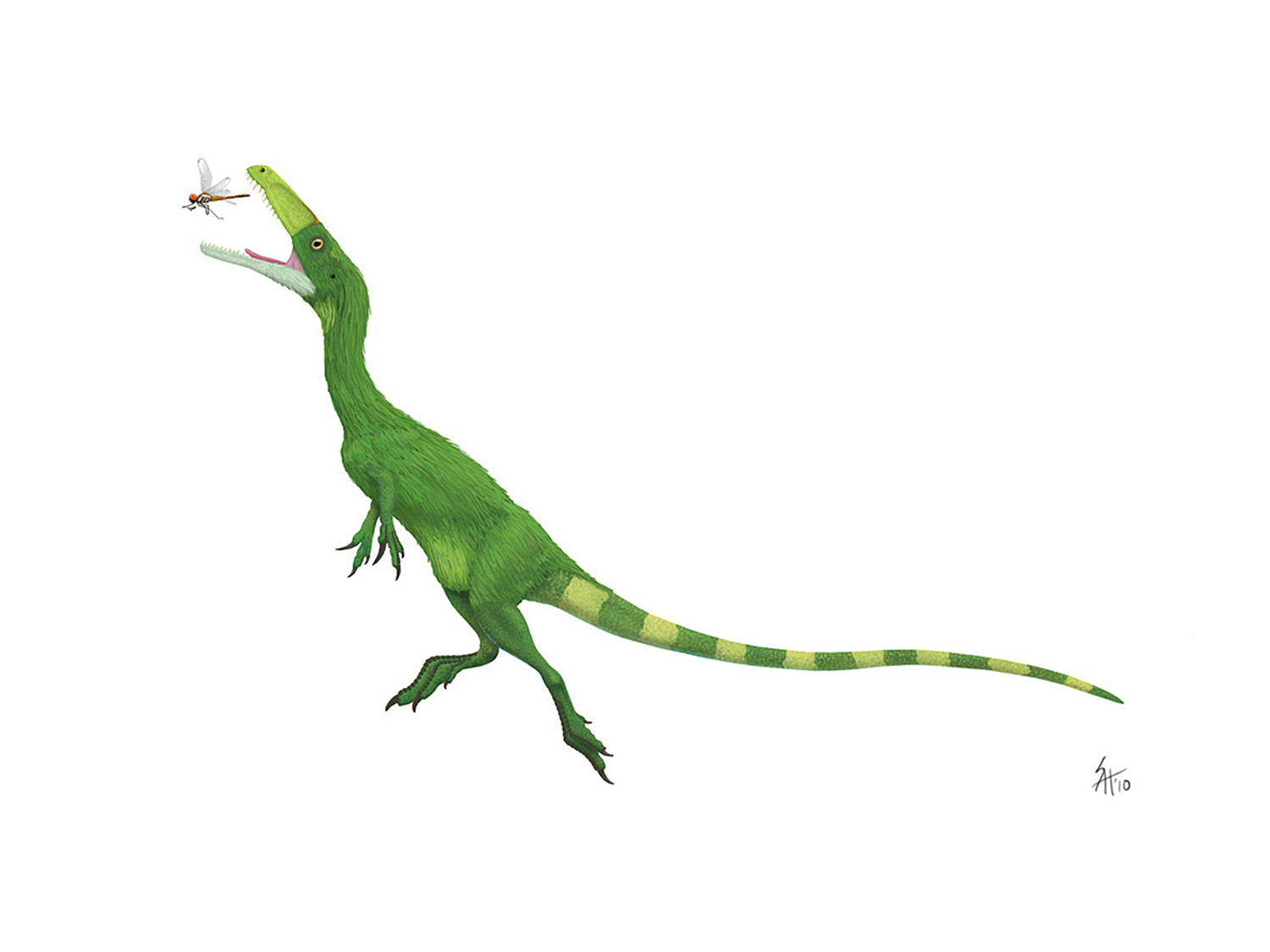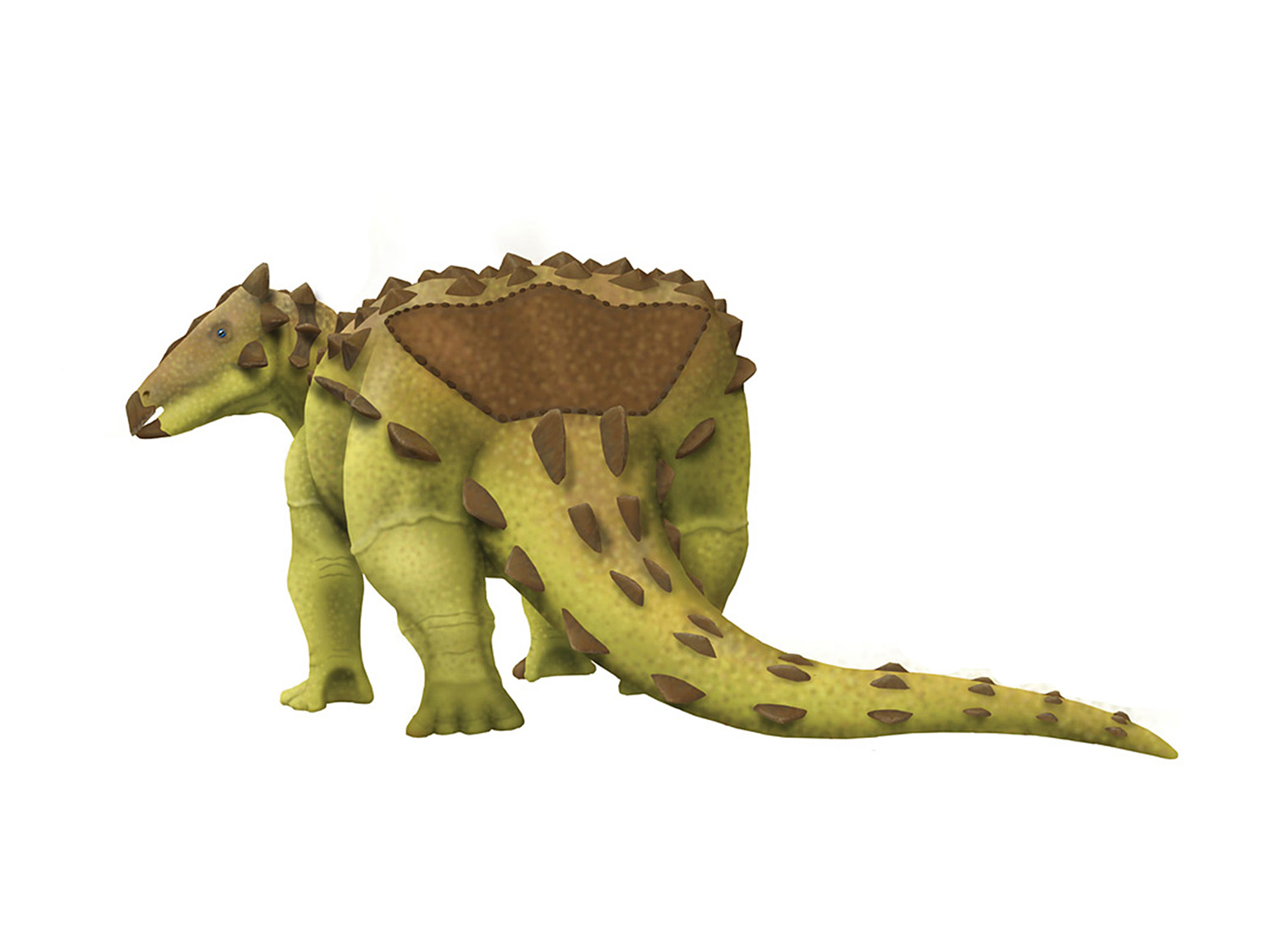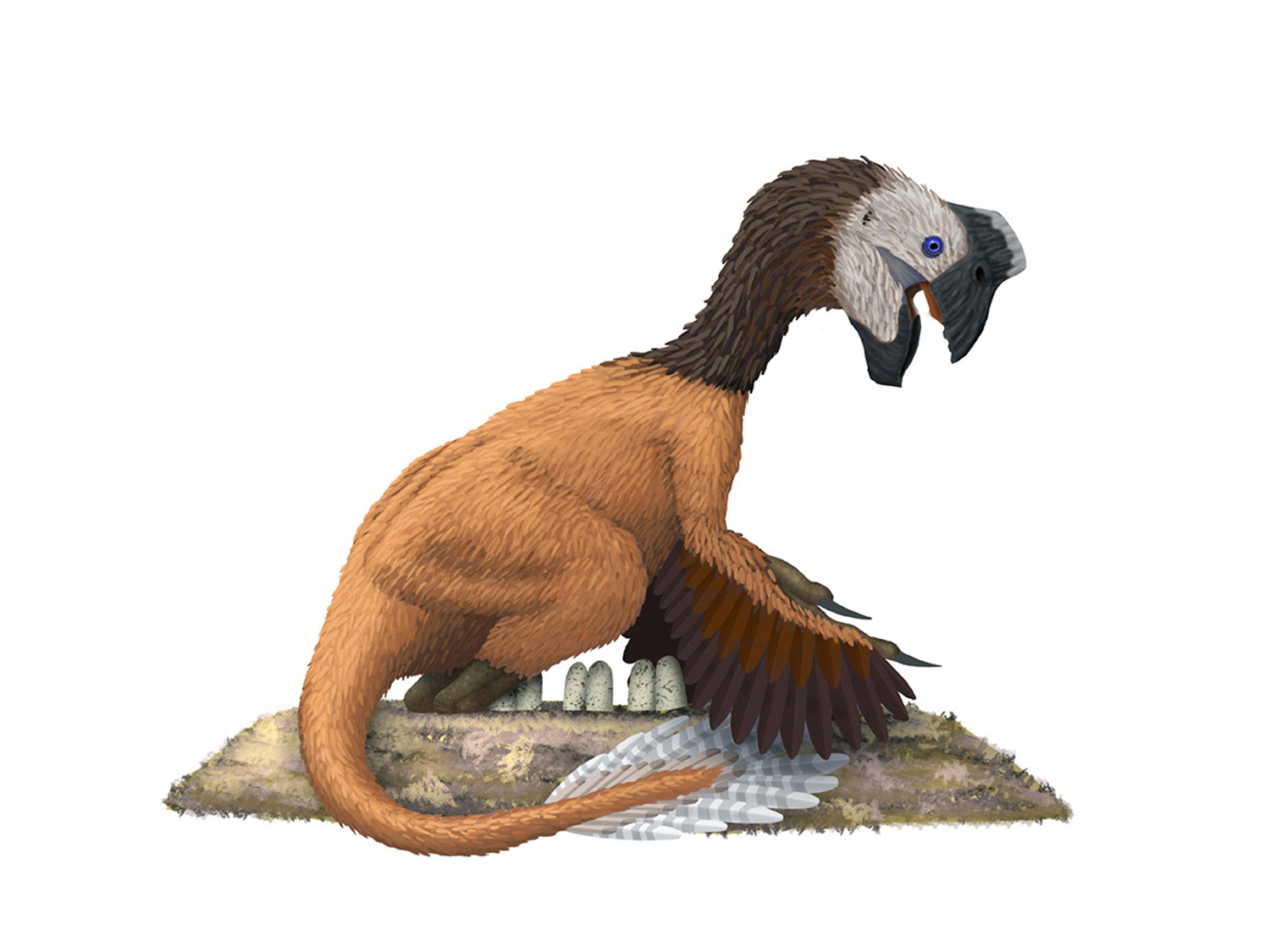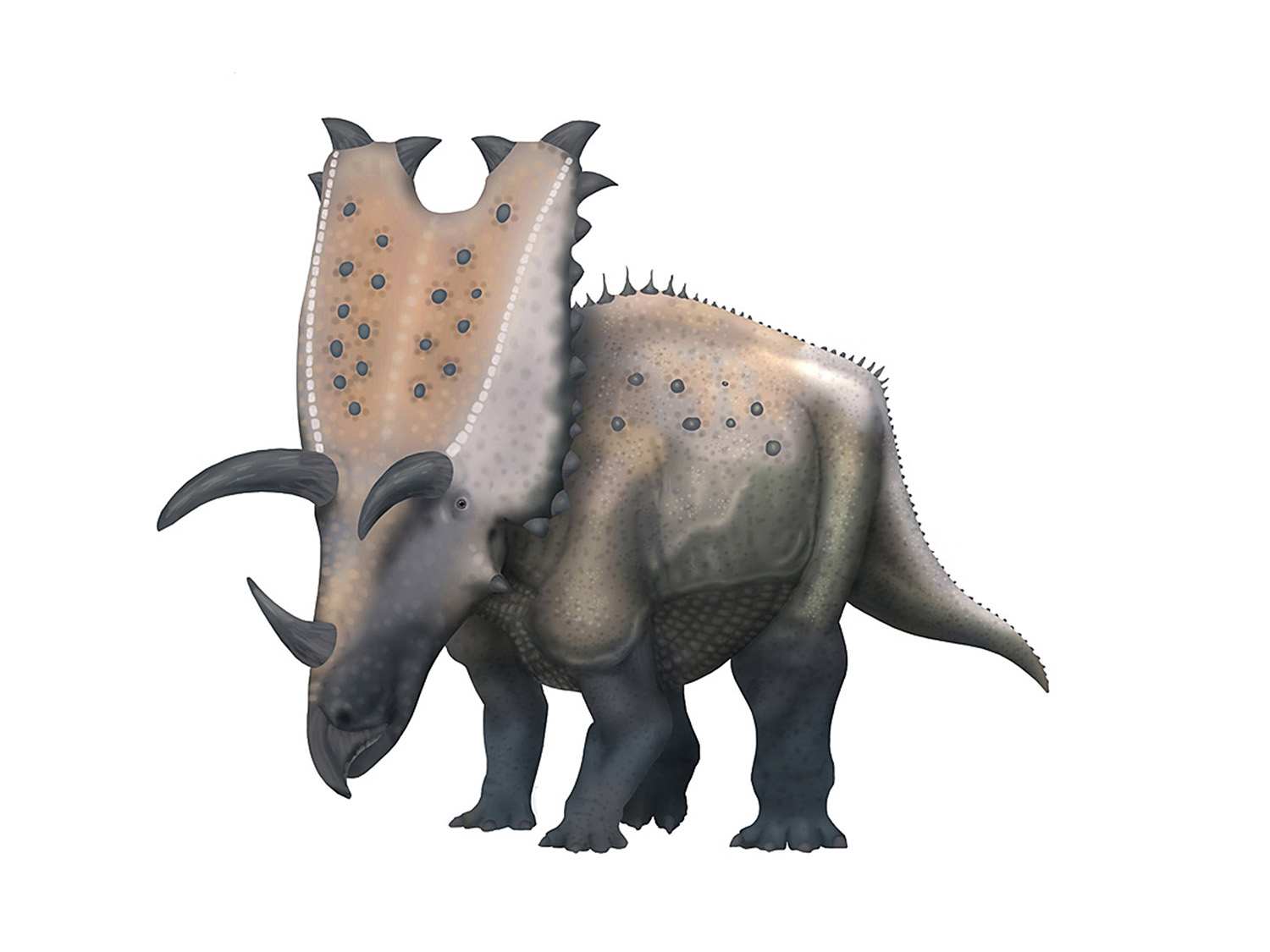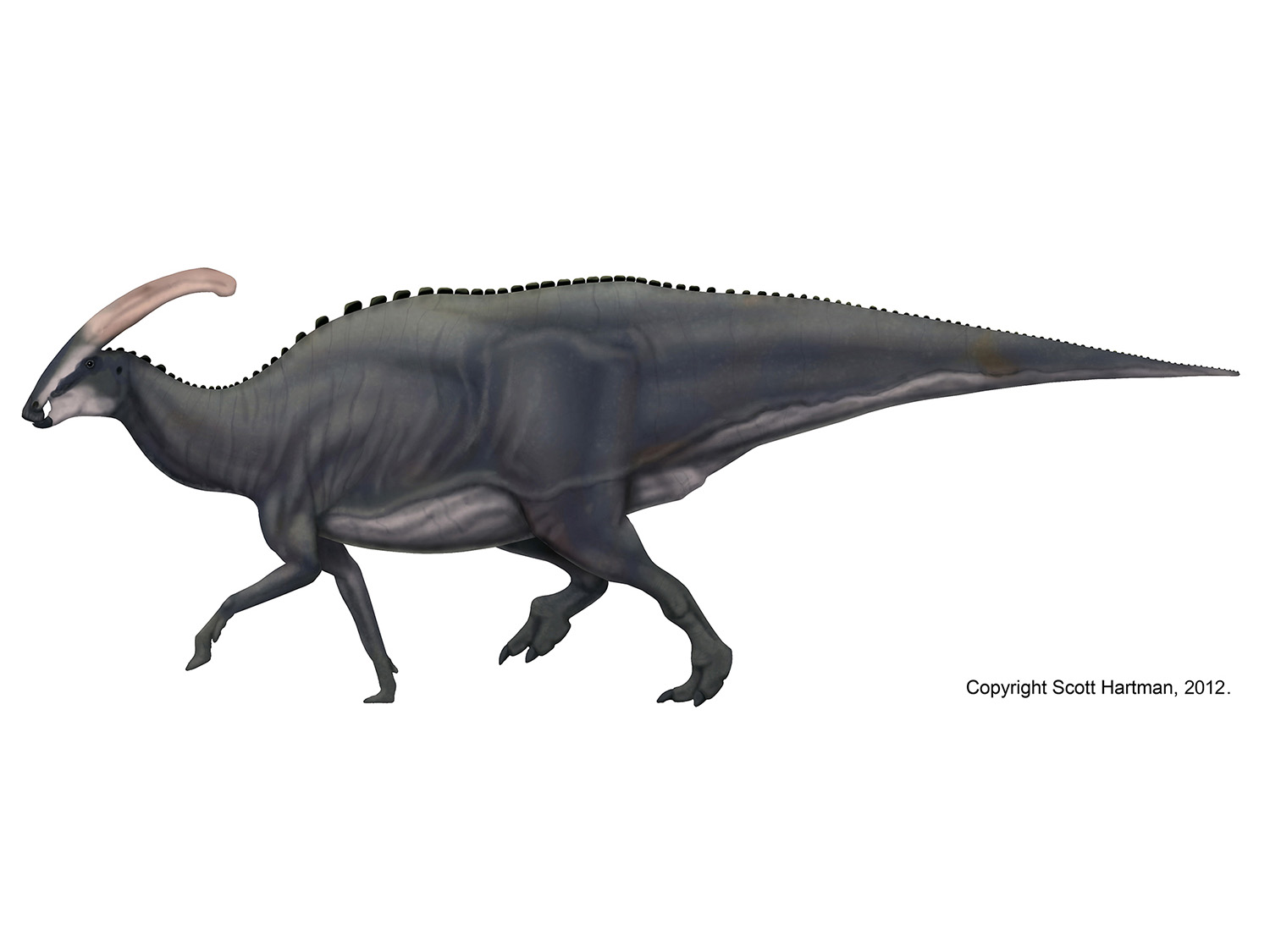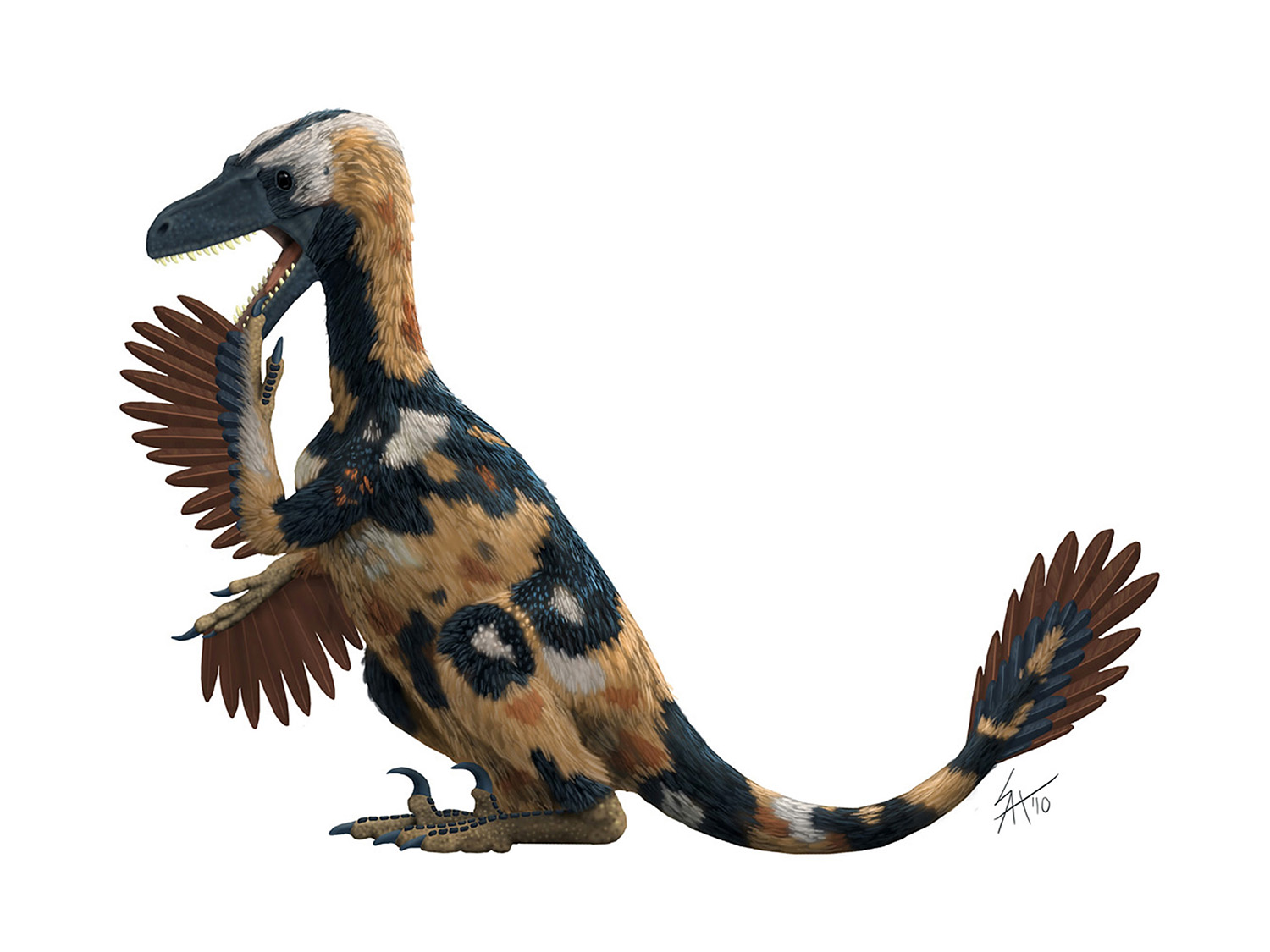Deinocheirus - Therizinosaur or hadrosaur mimic?
/When the skull and body of Deinocheirus were revealed there was a lot of talk about how much it looked like a hadrosaur. I did not really agree with this analogy, as the upright posture and large, clawed hands seemed to indicate that it was an ornithomimid trying its best to be a therizinosaur rather than a hadrosaur. Now I'm not so sure.
Restoring the skeleton of Deinocheirus was something of a treat compared to more difficult taxa. The two recently described skeletons (one adult and one subadult) combined with the type specimen meant that almost every part of the animal is known. There was a lot of overlap between the two specimens, so cross-scaling between elements was quite easy, as was adjusting for ontogenetic changes in the proportions of the vertebrae. The skeletal reconstruction published with the Nature paper nails the proportions pretty well. Maybe that's faint praise when they had two really nice skeletons, but it's sadly uncommon in skeletals that accompany technical publications.
The type specimen, courtesy of Wikipedia
One thing I spent a lot of time on while producing this skeletal reconstruction was the articulation of the vertebral column. The results of course were weird - any attempt to restore Deinocheirus was doomed to weirdness of course, it's just an odd duck. But I no longer agree with my own first impressions of the animal. First off, I'm not convinced that Deinocheirus actually walked with the pelvis tilted up like early reconstructions suggested - the pelvis lacks the adaptations seen in therizinosaurs that would suggest habitually being tilted upright. Also, when the tail vertebrae of the adult are carefully placed in a neutral articulation, they don't show any more of an upright curve than other "ordinary" theropods*.
The back vertebrae do emerge at a high angle, but they also curves back down dramatically; combined with the tall neural spines of the sacrum and posterior this leads to the "humpback" look that is becoming familiar. But why would Deinocheirus do such a thing? My best guess is that it's being a hadrosaur-mimic in the back - with the strong down curve and the high neural spines it could support a thicker neck musculature for holding up that meter-long skull at the end of such spindly vertebrae
You can see that reflected in my skeletal. I also wanted to add that I don't think the tall neural spines supported a sail, nor do I think it supported a fatty hump. I think it was mostly there to support its musculature and provide better leverage. In particular, note how large and curved the front part of the ilium is (aka the preacetabular ala)? In other animals that would support the iliocostalis muscles, and if that's the case here it would support powerful muscles running up the back that would occupy at least half the height of the tal neural spines in front of the hips. As the neural spines decrease in height there would be a transition to the neck musculature (and perhaps long nuchal ligaments) to support the head on the end of that long neck.
Tl;dr for paleoartists: there would be more of a hump than a sail, but probably not a fatty one.
So there you have it. Sometimes my own initial impression following a quick read of a publication changes when I'm forced to do a detailed skeletal reconstruction. I still think Deinocheirus is a wonderfully weird critter, but in a lot of ways the initial "hadrosaur-mimic" moniker ended up being more accurate than "therizinosaur-mimic".
Edit: For another interesting analogy, go check out this post by Andrea Cau comparing Deinocheirus to Spinosaurus. Though I'm not convinced of the overall proportions of Spinosaurus yet, he raises interesting parallels between them in having enlarged neural spines, long heads at the end of long necks, and fish eating.
*The juvenile specimen does seem to show some extra curvature, but the back end of the sacrum emerges at a different angle, so it looks like the difference comes out in the wash.




